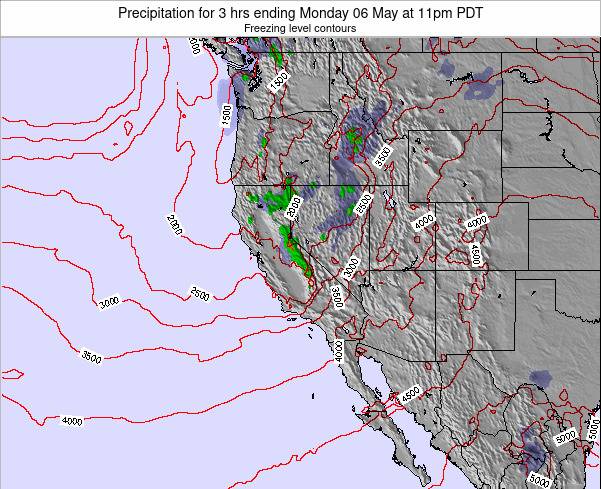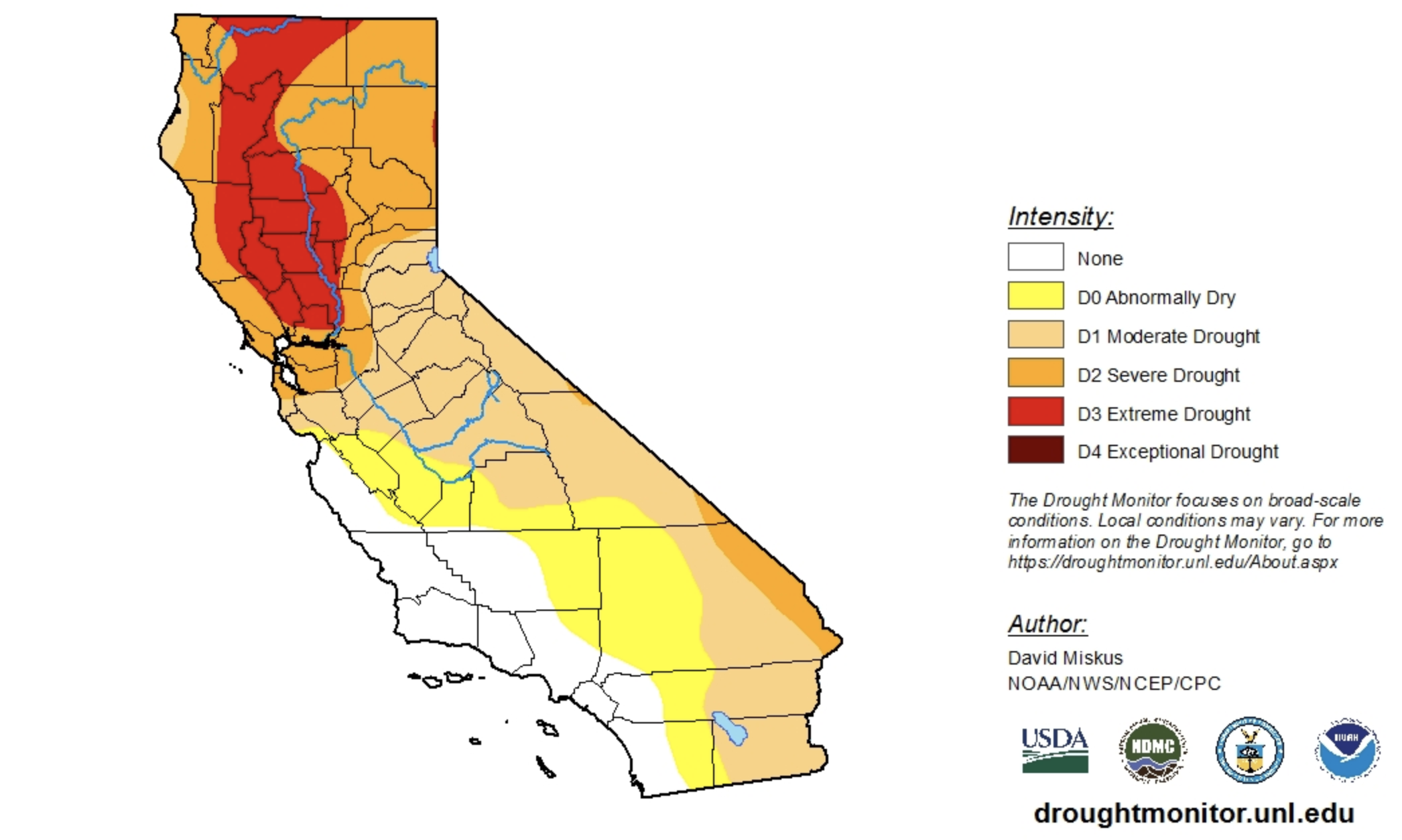

Lund says that in the long term, California’s famous forests might look different. “Last year, even with one dry year, we had a tremendous fire season.” He adds that since the state’s forests still haven’t recovered from that four-year drought, there’s a bigger problem looming now – especially with warmer temperatures due to the human-caused climate crisis. Analyses by Stanford University and the New York Times have found that wildfires have caused tens of billions of dollars in damage over of the last four years. Lund did a study on the economic impacts of the 2012-2016 drought and found that the dryness had a $9bn price tag at the end of four years – but in the years afterward, the costs were much higher. “But if we get a third or fourth dry year in a row, that’s when we see big problems with native species, as well as bigger economic impacts.” The lesson from that period was that the first year of dryness is not so bad for most of California, in that cities and agriculture can withstand one or two parched years without too much trouble. The state had a fairly major drought from 2012-2016, says Jay Lund, a professor of civil and environmental engineering at the University of California, Davis. “So all in all the interannual oscillations are stacked up against us.” Last year, even with one dry year we had a tremendous fire season Jay Lund, UC Davis professor


“The wind patterns over the Pacific dictate our weather a lot and in La Niña years, we tend to have drier years,” she says. The moisture comes from the west, over the ocean, says Naomi Levine, an oceanographer at the University of Southern California. “We rarely get a single: it’s either a home run or a strikeout.” “California is like the home run hitter that approaches and swings for the fences,” says Abatzoglou. Part of the problem is that California tends toward the extremes – rainfall is either feast or famine. The state’s water-intensive agriculture industry depends on annual rainfall. “In years where you miss out on one or two of those, you’re probably going to struggle to get close to normal,” says Abatzoglou.ĭate palms near Mecca, California. That makes California uniquely vulnerable. Most of the state’s water comes from an astonishingly low number of precipitation events – just three to five winter storms do the work of building up the snowpack and filling reservoirs. That corresponds as well to drier fall weather, and an increase in the chance for fires to have devastating impacts, Abatzoglou says. It’s a sign that the window of time where rainfall and snow can add to the state’s water reserves is shrinking, says John Abatzoglou, a climatology researcher at the University of California, Merced – and that window may be even narrower in the future.Ī study published this week showed that the onset of rains each fall has shifted back by a month over the past 60 years. This year, the state saw a very delayed start to its annual rainy season, which is typically heaviest from January to March.


 0 kommentar(er)
0 kommentar(er)
